Eat, cook, grow: Negotiating power with food in Pakistani households
New study observes eating and cooking habits in South Asian households across Britain
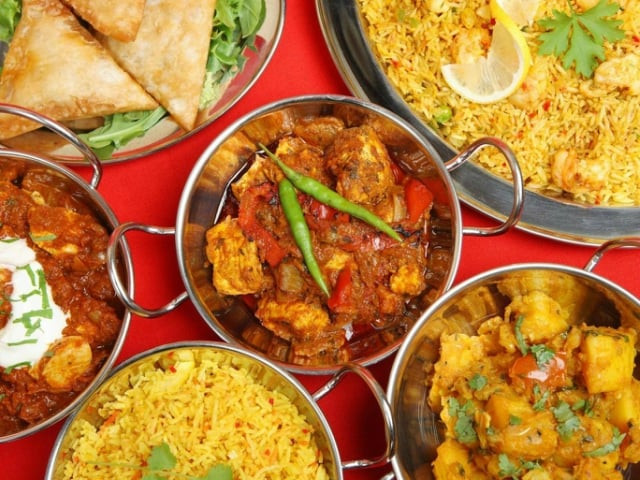
PHOTO: THE INDEPENDENT
It's like food has its own language. Many consider different serving sizes, meal timings and food types as acts of love and intimacy or disdain themselves.
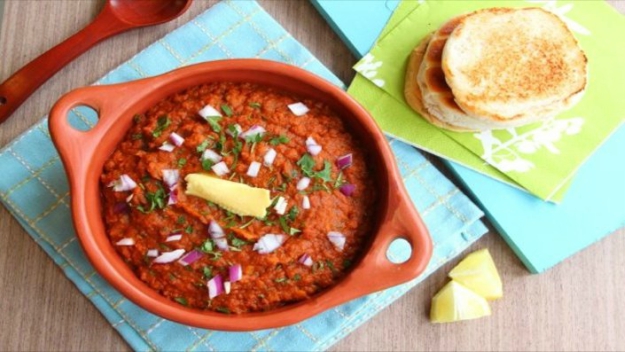 PHOTO: FOOD NETWORK
PHOTO: FOOD NETWORKThe ones who cook and serve the food can express authority or resistance by, for example, reducing the amount of food on the plate or reversing the seating and serving orders. In many households, not giving food to other family members or not accepting food from them shows a form of disapproval, reported Yahoo!.
This manipulation via food is exactly what a study conducted by Punita Chowbey from Sheffield Hallam University analyses how Pakistani and Indian women in Britain prepare and eat food. It shows how unhealthy eating, popular among the South Asians, is contributing to UK’s health figures.
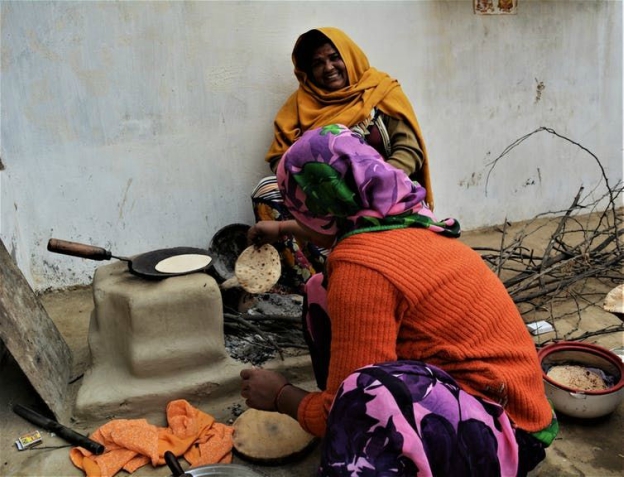 PHOTO: YAHOO!
PHOTO: YAHOO!Chowbey spoke to many women who were happily married. Some were, however, also trapped in loveless unions and using food as their only mode to express anger and disapproval.
One first-generation British-Pakistan woman, who acknowledged the importance of fish in one's diet said, “I go with whatever my husband wants but I don’t like fish and don’t cook it. The look of it makes me nauseous.”
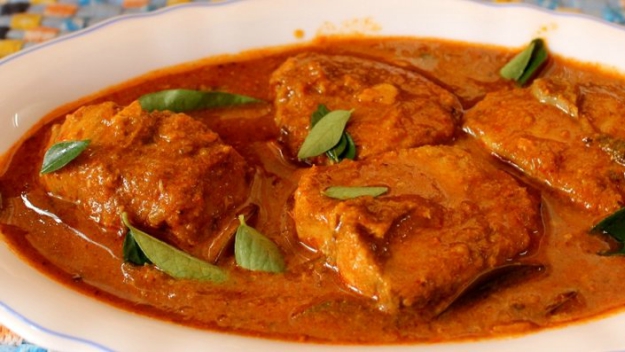 PHOTO: FOOD NETWORK
PHOTO: FOOD NETWORKOn the other hand, happily married Nasreen shared that her husband understands having a lot of curries isn’t a healthy lifestyle and appreciates the cooking choices she makes.
In Lahore: A food lover’s guide
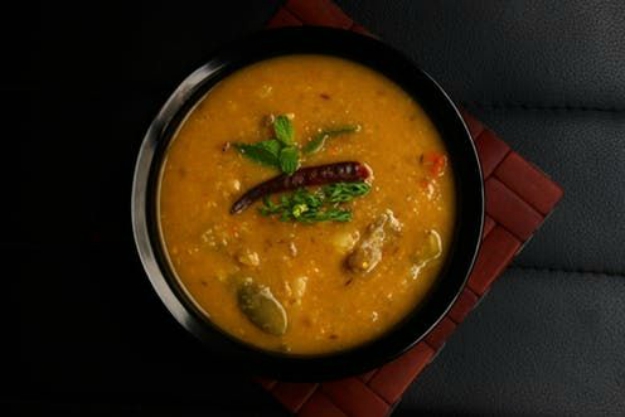
PHOTO: YAHOO!
Noorjahan, another Pakistani living in UK, asked her husband to share household responsibility and sent him for grocery shopping. She said that she immediately regretted this decision as he would spend a lot of money and compromise on healthy items.
She then had to use child benefits to get nutritious food for the family. On certain occasions when she cooked daal, her husband would use child benefit money to eat out instead so Noorjahan decided to cook food that her husband liked only.
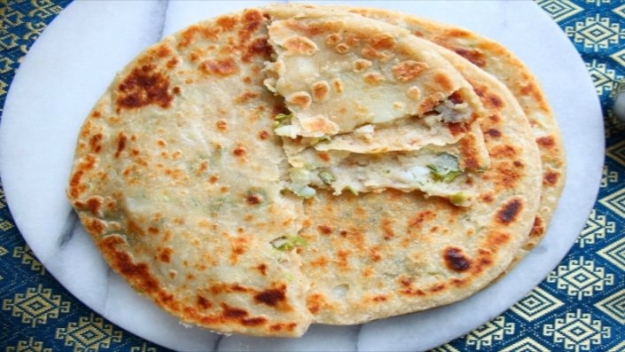 PHOTO: FOOD NETWORK
PHOTO: FOOD NETWORKOn the contrary, one Gujrati woman said that her husband brought treats and her favourite food on payday which made her feel loved and appreciated.
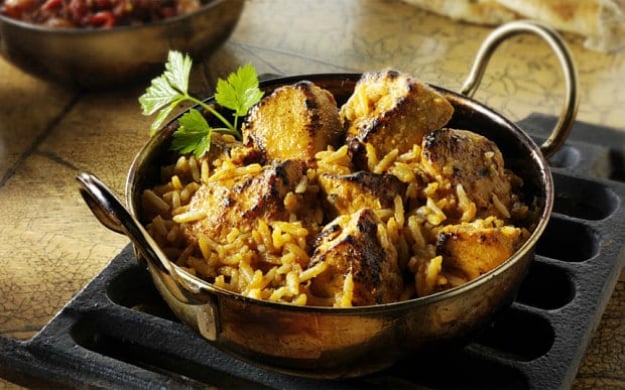 PHOTO: THE TELEGRAPH
PHOTO: THE TELEGRAPHIn many families, the women ate after feeding everyone else in which case, they would only get leftovers of little pieces of meat or lesser vegetables. The husband’s portions were always prioritised over their own. In case of conflict, women displayed their resistance by changing portion sizes. For example, they would serve their bigger portions to older sons instead of their husbands.
 PHOTO: FOOD NETWORK
PHOTO: FOOD NETWORKCatching fad: Healthy diet on the menu
Chowbey’s study deduced that food and healthy cooking is not enough to determine healthy eating practices. “The power imbalance between men and women within South Asian families, when it comes to the household budget and cooking responsibilities, plays a vital role in maintaining a healthy diet,” says Chowbey.
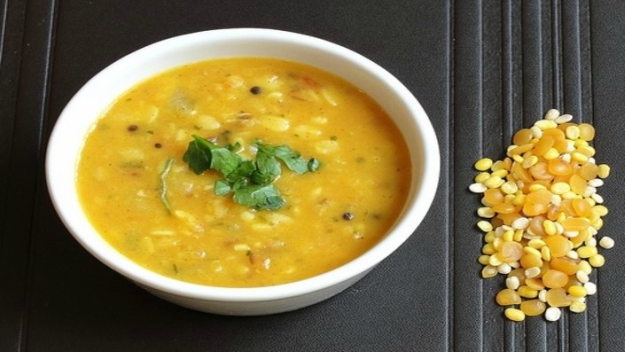 PHOTO: FOOD NETWORK
PHOTO: FOOD NETWORKUsing food as a manipulating tactic is also common in other cultures. Conducting healthy cooking workshops will serve no purpose if only women are the attendees and men refuse to eat what’s being cooked. In order to encourage healthy eating, men and women need to be equally informed.
Have something to add to the story? Share in the comments below.




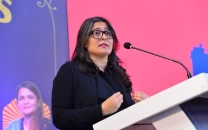














COMMENTS
Comments are moderated and generally will be posted if they are on-topic and not abusive.
For more information, please see our Comments FAQ